Gliricidia sepium, commonly known as the Quickstick tree, is a botanical gem celebrated for its striking beauty, versatile uses, and ecological significance. Native to tropical regions, this flowering tree has captured the attention of nature enthusiasts, horticulturists, and environmentalists alike, earning its place as a beloved and valuable species.
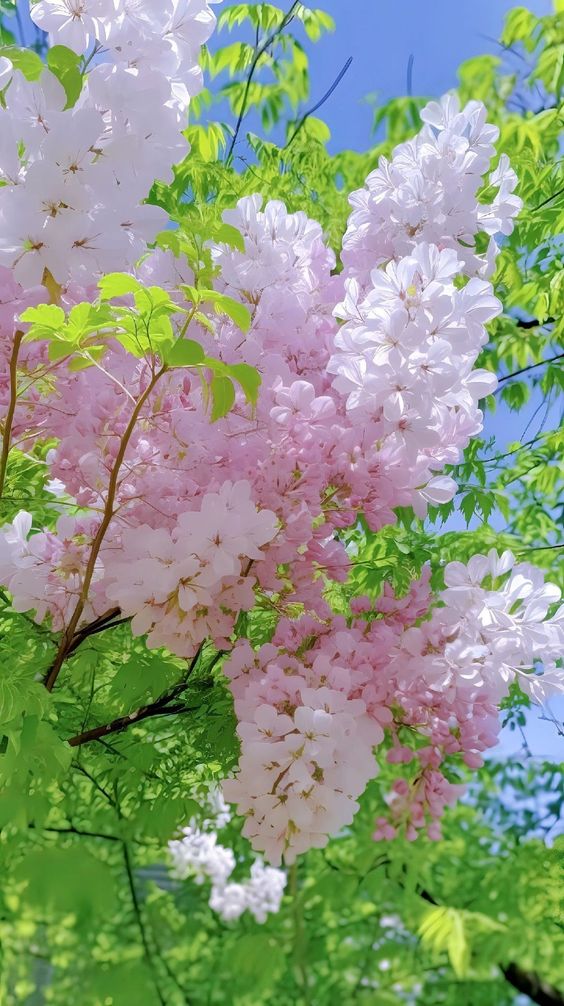
Appearance and Floral Elegance:
The Quickstick tree is renowned for its graceful appearance and abundant clusters of vibrant flowers. With compound leaves and delicate leaflets, it presents a lush and feathery canopy that provides shade and ornamental value. The flowers, shaped like petite orchids, boast hues ranging from pale lavender to deep purple, creating a breathtaking spectacle that adds a touch of elegance to any landscape.
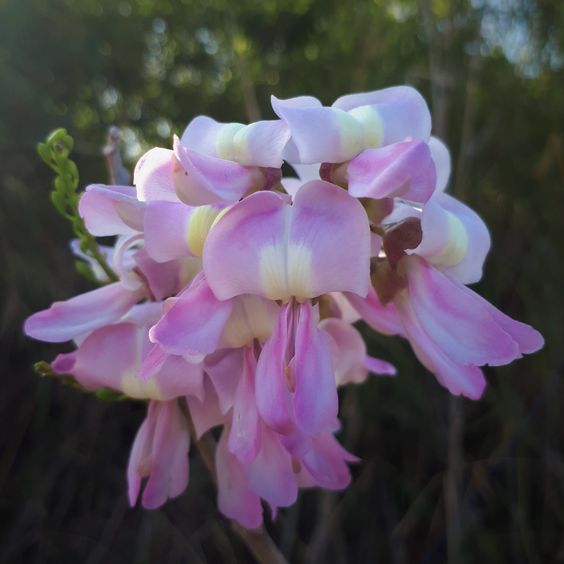
Ecological Benefits:
Beyond its aesthetic charm, Gliricidia sepium plays a crucial role in ecosystem health. As a nitrogen-fixing plant, it enhances soil fertility by converting atmospheric nitrogen into a form usable by other plants. This ecological service makes it an ideal companion for crops, promoting sustainable agriculture practices. Additionally, its fast growth and ability to thrive in various soil conditions contribute to erosion control, making it a valuable ally in environmental conservation efforts.
Agroforestry and Livestock Integration:
The Quickstick tree has found a special place in agroforestry systems due to its versatility. Farmers often integrate Gliricidia sepium into their fields, benefiting from its nitrogen-fixing properties and using its pruned branches as a natural fertilizer. The leaves, rich in nutrients, serve as valuable fodder for livestock, contributing to improved animal nutrition and health.
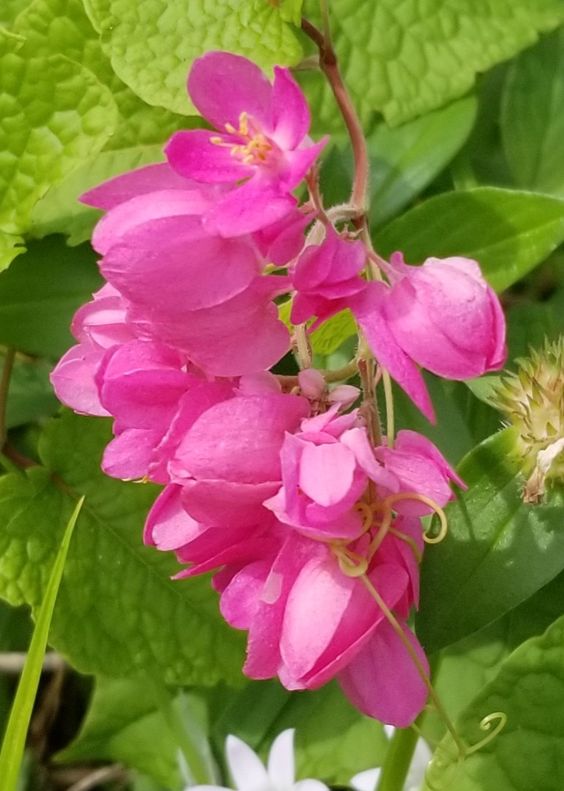
Traditional and Medicinal Uses:
Throughout its native range, Gliricidia sepium has been utilized for various traditional and medicinal purposes. Indigenous communities have employed its leaves and bark for treating ailments such as wounds, skin infections, and respiratory issues. The tree’s healing properties, coupled with its ready availability, make it an essential component of traditional medicine in many regions.
Challenges and Conservation:
Despite its many virtues, Gliricidia sepium faces challenges such as habitat loss and overexploitation. Conservation efforts are underway to protect and promote the sustainable use of this valuable species. Raising awareness about its ecological benefits and encouraging responsible harvesting practices are crucial steps in ensuring the continued survival of the Quickstick tree.
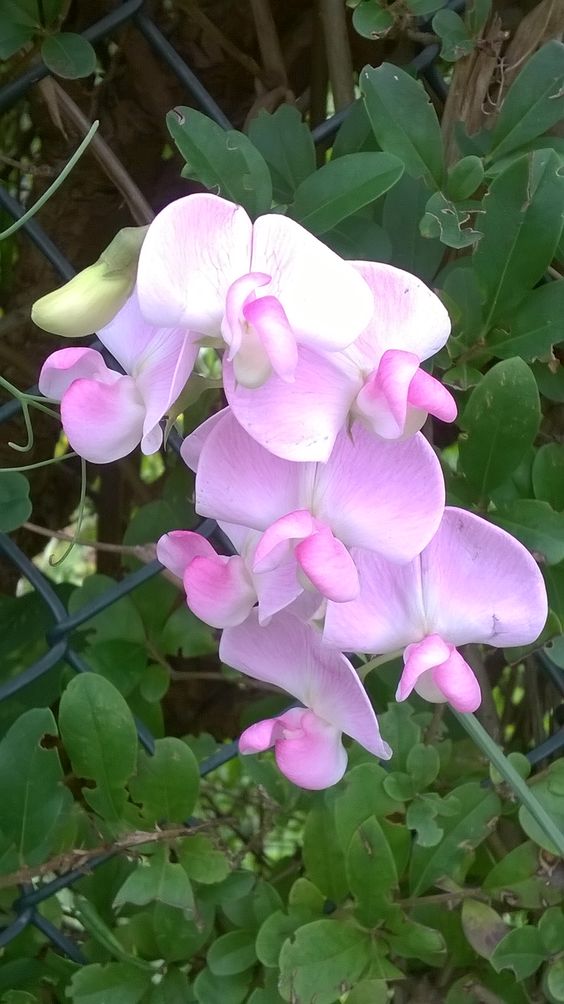
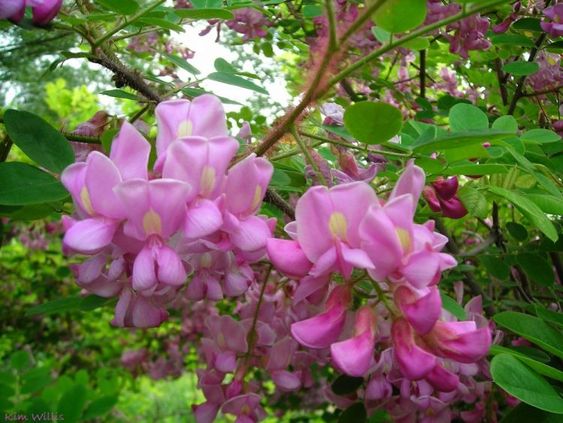
In the intricate tapestry of botanical wonders, Gliricidia sepium stands out as a multifaceted gem. Its breathtaking beauty, ecological contributions, and cultural significance underscore the importance of preserving and appreciating this remarkable tree. As we navigate the delicate balance between human needs and environmental sustainability, the Quickstick tree serves as a poignant reminder of nature’s resilience and the interconnectedness of all living organisms.





